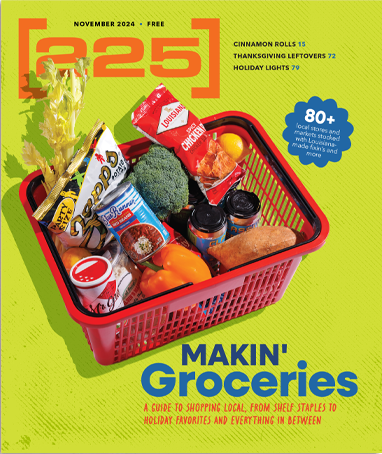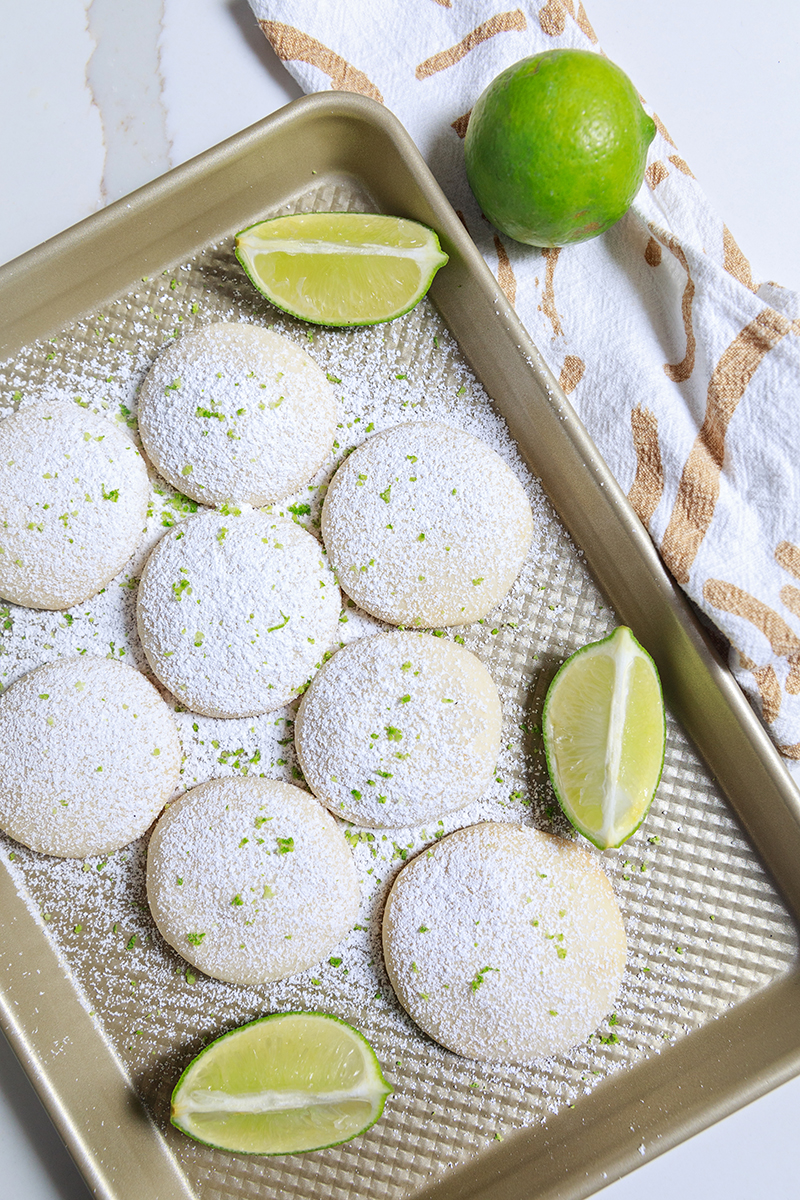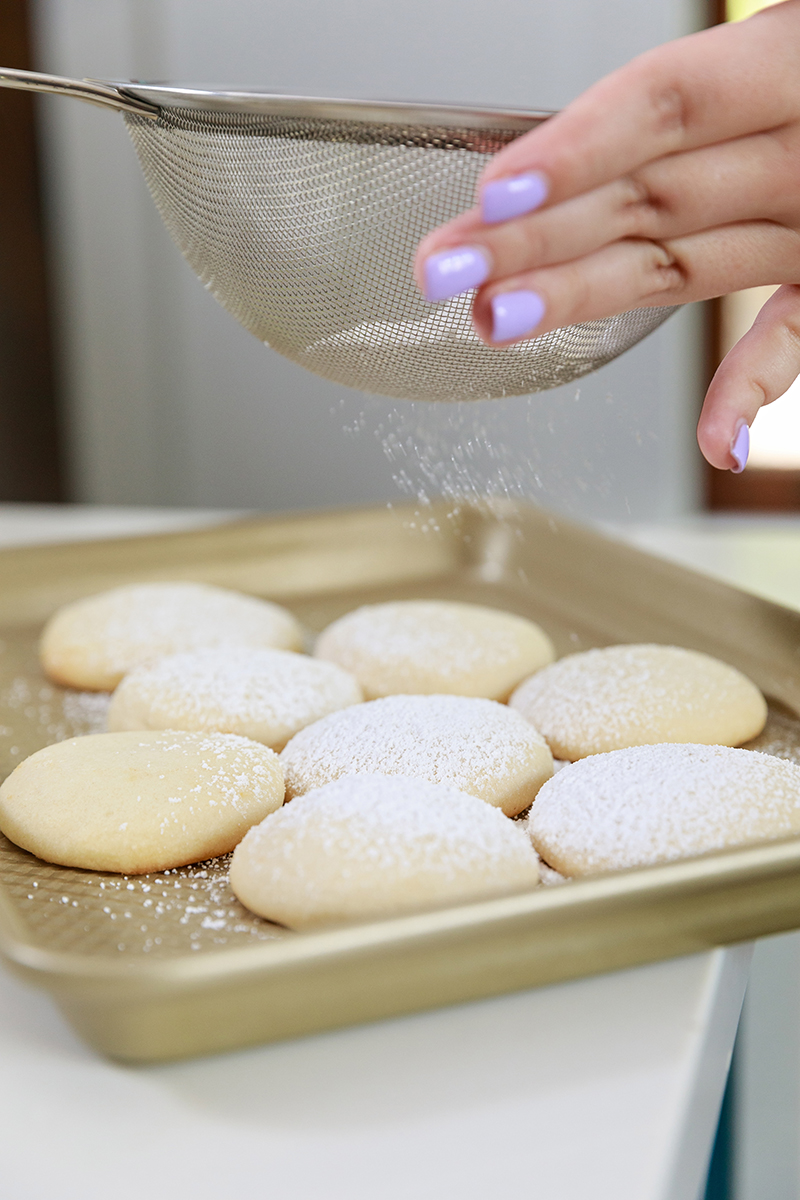These lime cooler cookies are the perfect treat for your dessert tray. They are delicate and buttery with a tart kick from the lime. They are dusted in powdered sugar to give them just the right amount of sweetness. This recipe is easy to double, and the cookies will keep in an airtight container for up to a week. Make them in your spare time the week before your party—just try not to eat them all before game day.
|
|
|
Servings: Yields 2 dozen cookies
1 ¾ cups powdered sugar
2 tablespoons fresh lime zest
1 cup butter, softened (2 sticks)
2 tablespoons fresh lime juice
2 ¼ cups flour
½ teaspoon salt
- Heat oven to 350 degrees. Line 2 baking sheets with parchment.
- In a small bowl, sift 1 cup of the powdered sugar and 1 tablespoon of the lime zest together. Set aside until you are done baking.
- Using an electric mixer, cream the butter and remaining powdered sugar until light and fluffy.
- Add the lime juice and remaining lime zest. Mix until well combined.
- In a separate bowl, sift the flour and salt together. Gently fold the flour into the butter mixture, making sure to scrape down the sides and bottom of the bowl.
- Once the dough is all incorporated, use a tablespoon to spoon it out. Roll each spoonful into a ball. Place on the lined baking sheet.
- Bake the cookies for 13 to 15 minutes. Remove from the oven and allow to cool slightly.
- Roll the cookies in the powdered sugar and lime zest mixture. Set them on a cooling rack.
- Once the cookies have cooled completely, place them into an airtight container until you are ready to serve.
Staff tips
(From digital staff writer Olivia Deffes)
|
|
|
Punch up the tartness. When making this recipe, I measured out my two tablespoons of lime juice right over the bowl that I mixed my dough in so I could get all the extra juice in the process. I gave it a little taste and squeezed another lime over the bowl, which probably added an extra tablespoon of juice. If you like lime flavor and tartness, definitely do this.
Play with other fruit flavors. You could swap out the lime for other citrus fruits, like lemon or orange.
This article was originally published in the September 2022 issue of 225 magazine.








